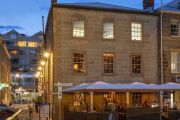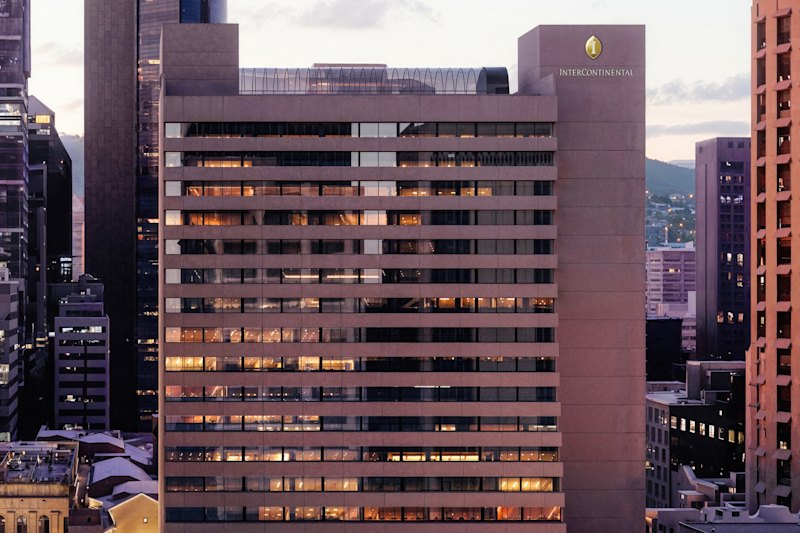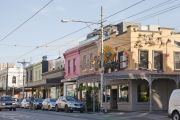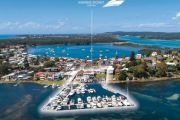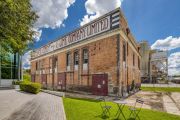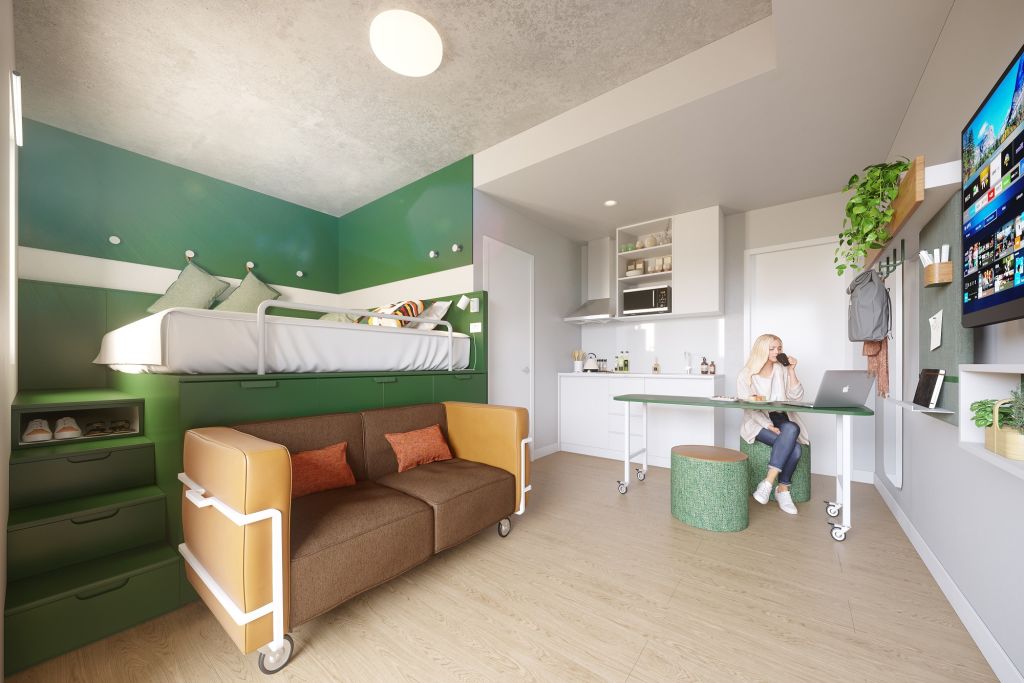
First Australian co-living properties set to open in Sydney
Australia’s newest type of real estate investment – co-living – is set to open to the public, with the first properties in the sector slated to hit Sydney’s rental market in a matter of weeks.
Hotel group Veriu co-founders Alex Thorpe and Rhys Williams are opening the doors of their co-living property UKO on September 21, with the first location at 30-34 Parramatta Road, Stanmore, in Sydney’s inner west, having 33 studios.
Separately, property investment company Caper Property, led by Chrystan Paul, is also expecting to unveil its co-living project in an inner Sydney location around the same time.
Co-living is a sub-market of the build-to-rent sector where renters – mostly millennials – live under one roof. The real estate is owned by one landlord or a joint venture, meaning units are not built to be sold off individually, but rather leased out over the long term.
The property is typically an apartment complex with communal areas and also comes with services such as cleaning and laundry, as well as a host who organises group activities to foster a sense of community, all of which is included in the rent.
While it is a new concept in Australia, it has taken off in the US, Britain and Asia, with brands including WeWork’s WeLive, Common, The Collective and Vanke’s Port Apartment being the big players in the industry.
At UKO Stanmore, prices start from $525 a week, depending on the room type and the extra features it comes with, such as a balcony or courtyard. The minimum rental period is one week.
Room sizes range from 24 to 30 square metres and all studios include an ensuite, kitchenette, dishwasher and Wi-Fi. Despite the smaller sizes, the rooms can be reconfigured using the slide-away furniture to save space.
Mr Thorpe and Mr Williams aim to create a network of co-living properties through UKO across “core” Sydney areas, with properties in Paddington and Newtown set to open from 2019.
“There is a growing mindset that people are constantly forced to compromise on how they live and work, especially in growing urban cities such as Sydney. We want people to feel that they are getting a return on their rent, almost as an investment, rather than dead money,” UKO general manager David Fitzpatrick said.
“We do this by offering access to a personal and professional network facilitated by the onsite community host.”
Mr Fitzpatrick said the places “would blend the concepts of live, work, learn and play” to create a community, through features such as the communal courtyard.
Emerging industry
While Caper Property has not confirmed where its first co-living development will be, Mr Paul revealed to Commercial Real Estate that the company had a pipeline of six properties, three of which they own.
He also confirmed that three properties will come online over the next 12 months, all of which will be in inner Sydney suburbs.
One of the properties includes Leichhardt’s Bald Faced Stag, which Caper will redevelop into a 120-bed co-living space, anchored by a restaurant and bar precinct, as well as a cinema and live music venue. That is slated to launch in late 2021.
The company acquired the inner west pub for $7.98 million in April 2018, and more recently bought the Hannah’s Pies site in Ultimo for about $20 million.
Another one of Caper’s co-living projects is in Camperdown, which is “expected to be one of the largest co-living developments of its kind” when completed, according to its website.
“We chose these two suburbs (Camperdown and Leichhardt) as we have identified them as long-term growth corridors. Keeping in mind that the benefit of a build-to-rent model (ie. co-living) is that we can invest in areas where there will be long-term growth,” Mr Paul said, adding that they are developing and holding the assets for the long term.
He said that the strong returns from other asset classes due to the property boom over the past few years had discouraged investors from exploring co-living, and this had prevented the sector from gaining traction in Australia.
“Property investors/developers have been able to yield healthy returns in most property sectors and they have used these returns as a benchmark when assessing new projects and asset classes,” Mr Paul said.
“In a boom market, co-living wouldn’t appear to stack up as its yields fall somewhere between traditional residential and a hotel, let’s say. However, as the market starts to cool, investors can no longer use the same benchmarks when assessing new projects and they value stability and cash-flow over capital gains.
“Co-living is a sub-sector of the build-to-rent sector and we will benefit from the same momentum of build-to-rent, which is already gaining traction in light of the cooling market and a change in investor appetite.”
And as more millennials give up on or further delay buying property, the growing pool of renters in Australia who will consider co-living is on the rise, Mr Paul said.
Another co-living company Kin is scheduled to launch its first property, with a capacity of 20 people, in early 2019 in the Newcastle region, co-founder Daniel Harris said.
He has received applications from up to 60 people, but had to stop accepting registrations as details were still unconfirmed.
“The demand side is definitely no issue and people want to be living in these types of things and we even had people say ‘I did this overseas and I’ve been waiting for it to come here’,” he said.
Mr Harris said that if any market required the sector it was Sydney, given its affordability issues.
“I predict we’re catching on to this and I do like to be optimistic that councils and regulations around this type of building may relax when it comes to DA (development application) requirements and maybe even room-size requirements. That could really help with housing affordability and shortage.”



